The November issue of Health Affairs explores where action is most needed to successfully build a Culture of Health and identifies how we might start. This month’s DataGraphic provides a pictorial view of key facts about how population well-being affects life expectancy.
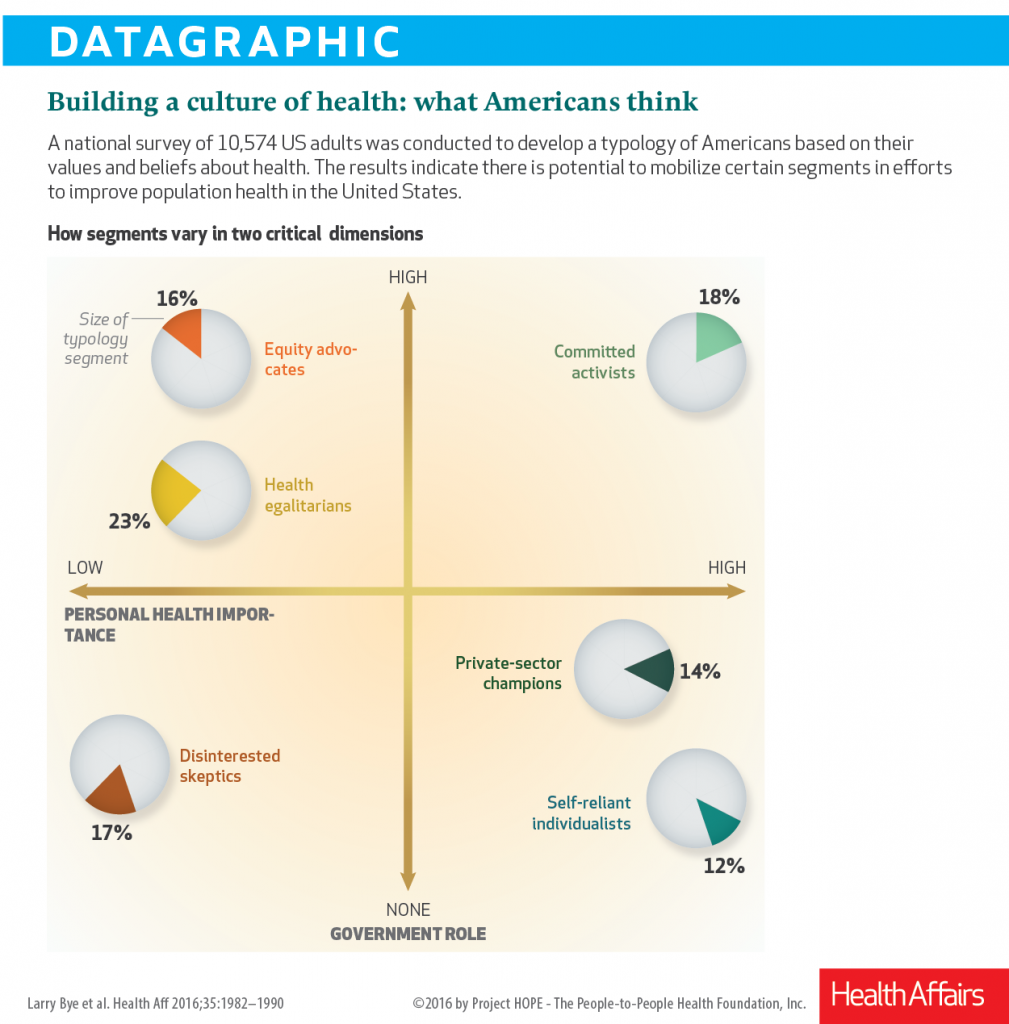
Population well-being measures help explain geographic variations in life expectancy
Variation in life expectancy across counties in the United States is substantial and not fully explained by race and socioeconomic status. Anita Arora, a Robert Wood Johnson Foundation Clinical Scholar at the Yale School of Medicine and coauthors used county-level estimates from the Gallup-Healthways Well-Being Index to determine whether population well-being—a comprehensive measure of physical, mental, and social health—helps explain geographic variation in life expectancy.
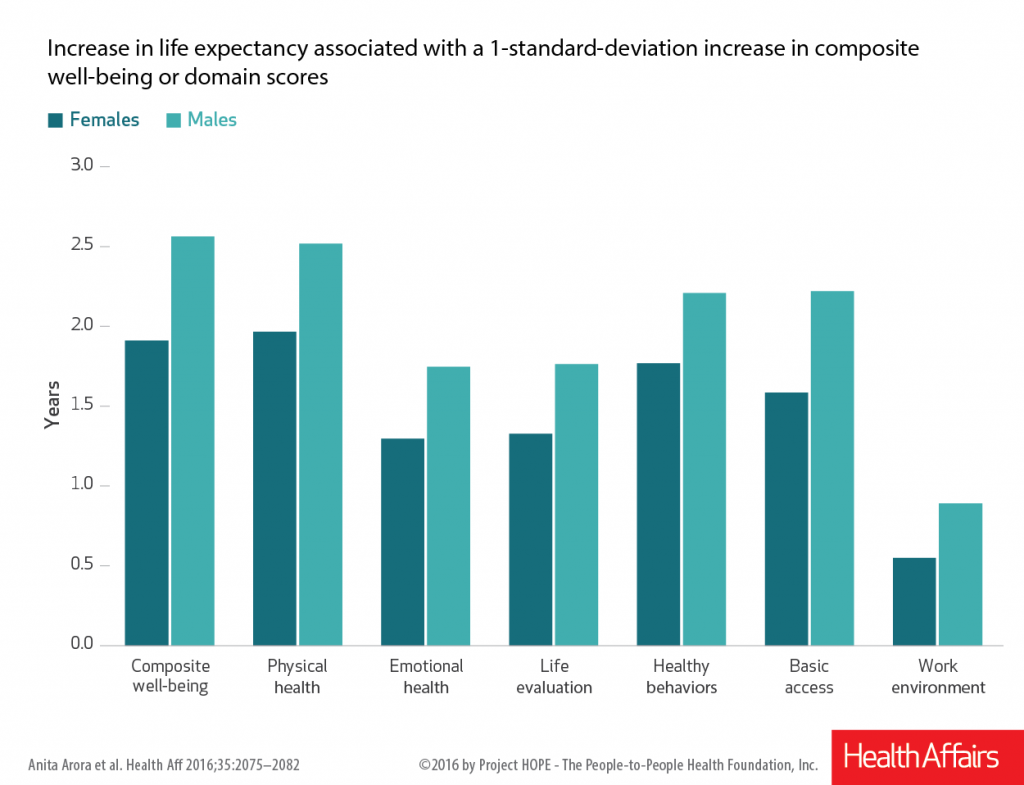
Cohesive neighborhoods foster good mental health during adolescence, with long-term benefits
Adolescent mental health is associated with future health and well-being, and new research shows that where a child lives may impact his or her mental health. Louis Donnelly of Princeton University and coauthors used data from a cohort of 2,226 children born in large US cities in 1998–2000 to examine whether neighborhood collective efficacy—a combination of social cohesion and control—is associated with improved adolescent mental health.
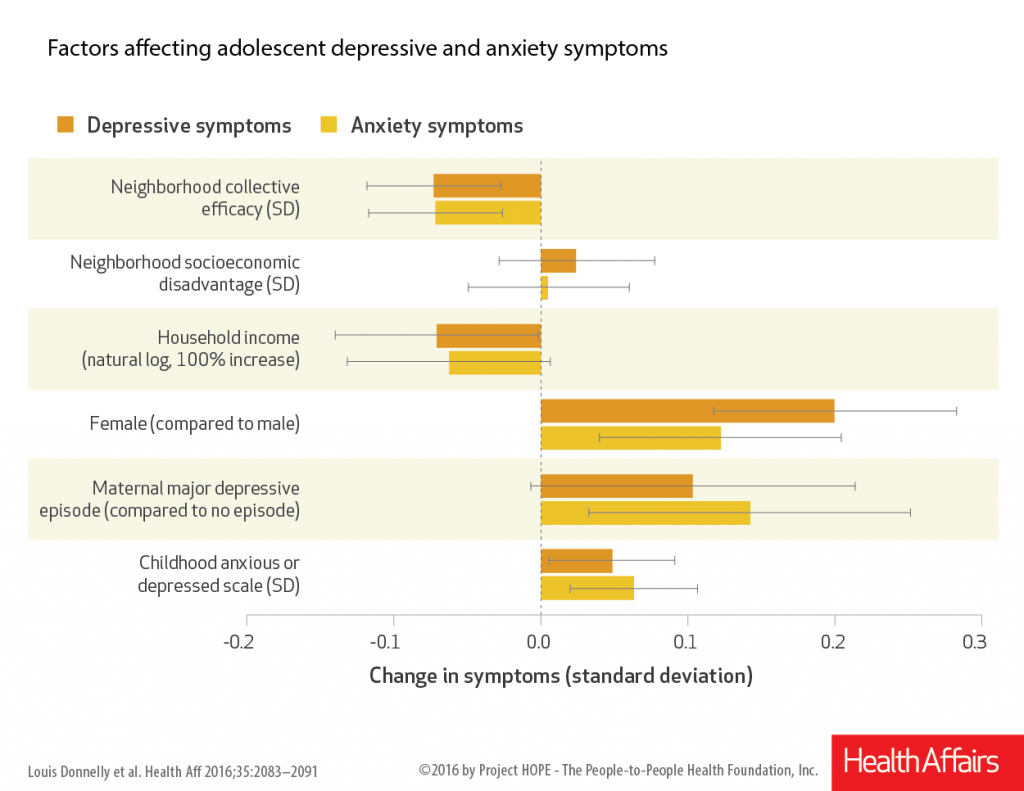
Preventable deaths decreased in communities with expanded population health activities
Using 16 years of data from the National Longitudinal Survey of Public Health Systems (1998–2014), Glen P. Mays of the University of Kentucky and coauthors found that deaths as a result of cardiovascular disease, diabetes, and influenza declined significantly over time in communities that engaged a broad array of organizations and sectors in population health activities.
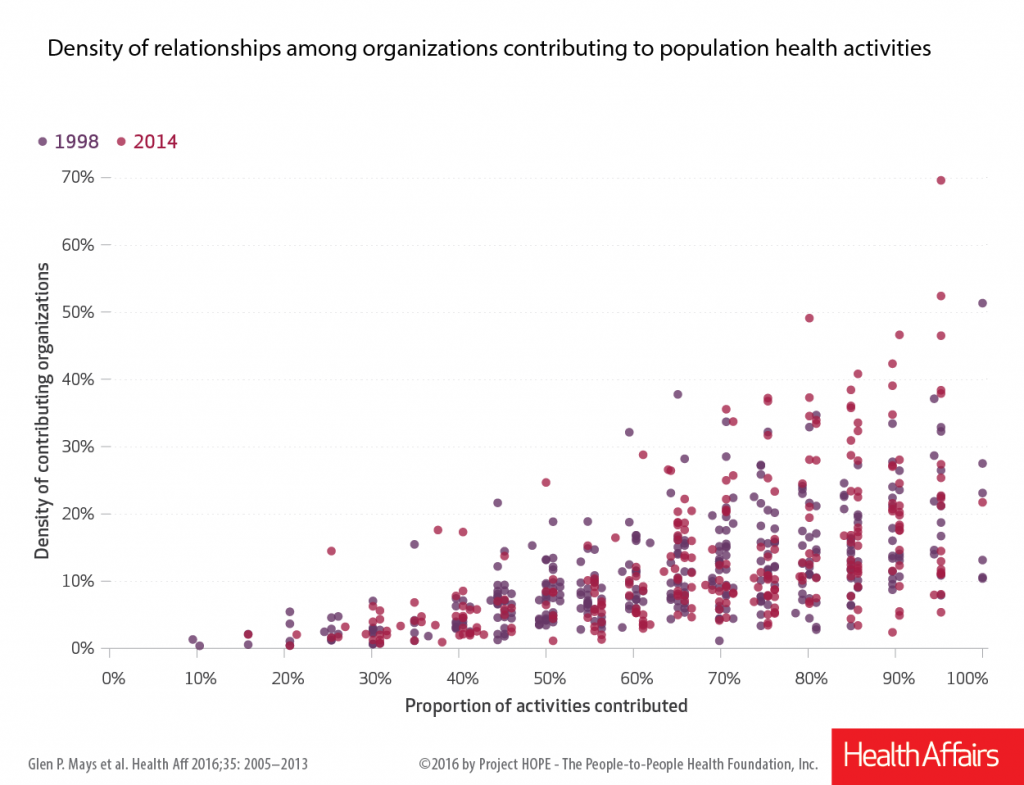
Government spending associated with improved County Health Rankings
Measuring the impact of health- and nonhealth-related public spending over time, J. Mac McCullough of Arizona State University and Jonathon P. Leider of the Johns Hopkins Bloomberg School of Public Health found significant positive associations between public spending and the County Health Rankings for a number of social services, including community health care and public health, public hospitals, fire protection, K–12 education, corrections, libraries, and housing and community development.
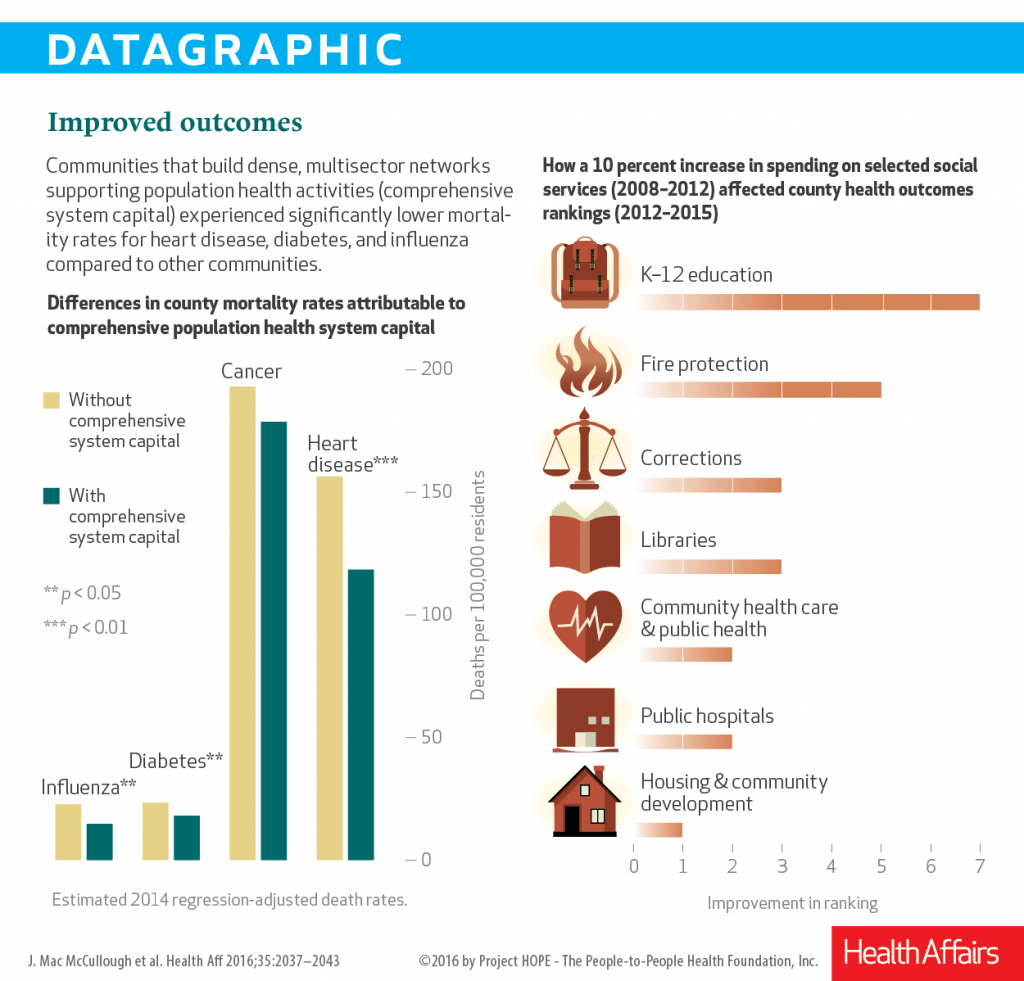
Also of interest — Anna U. Morgan, a Robert Wood Johnson Clinical Scholar at the University of Pennsylvania, and coauthors look at public libraries as partners for public health.
The November issue of Health Affairs is supported by the Robert Wood Johnson Foundation.